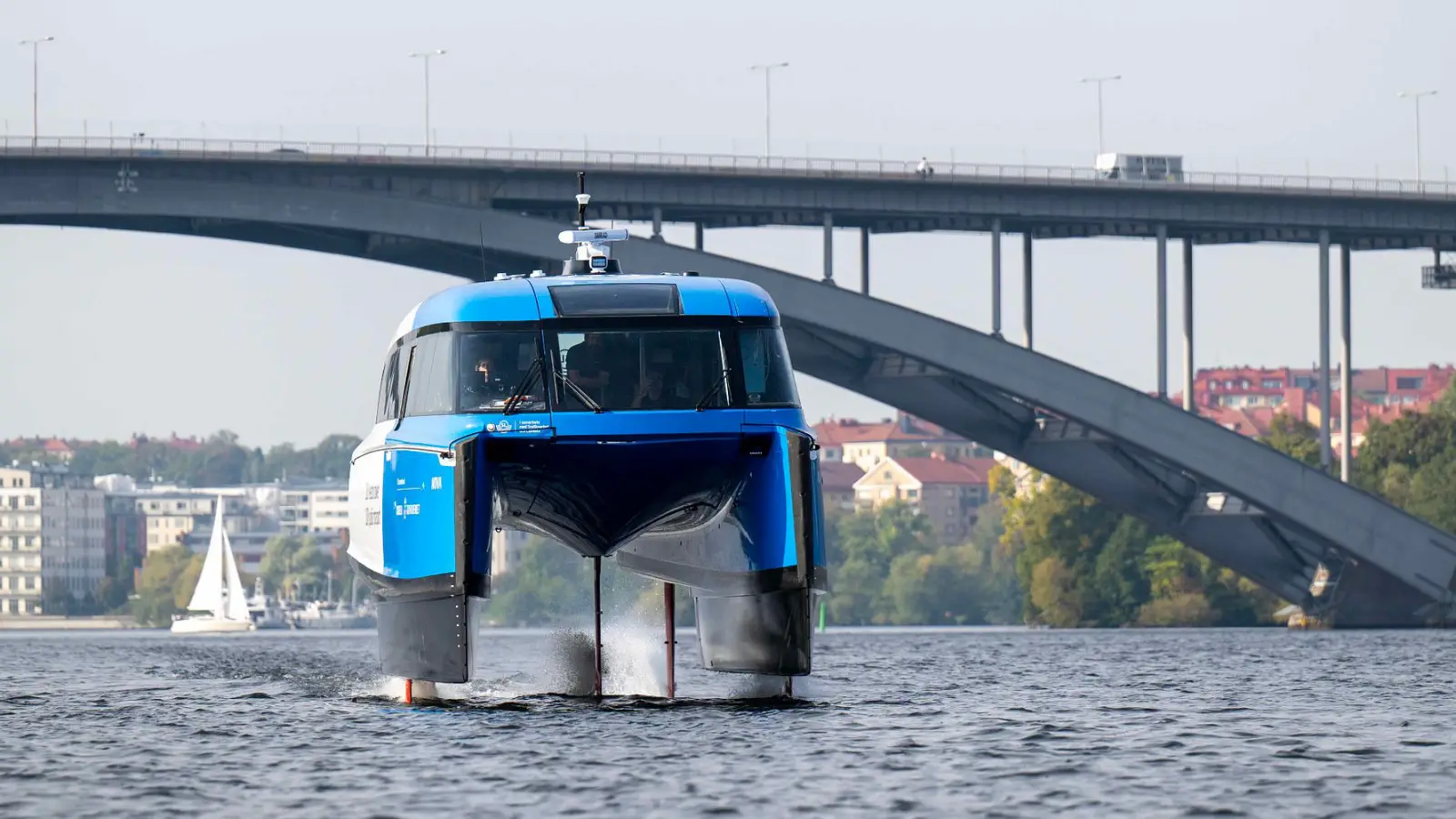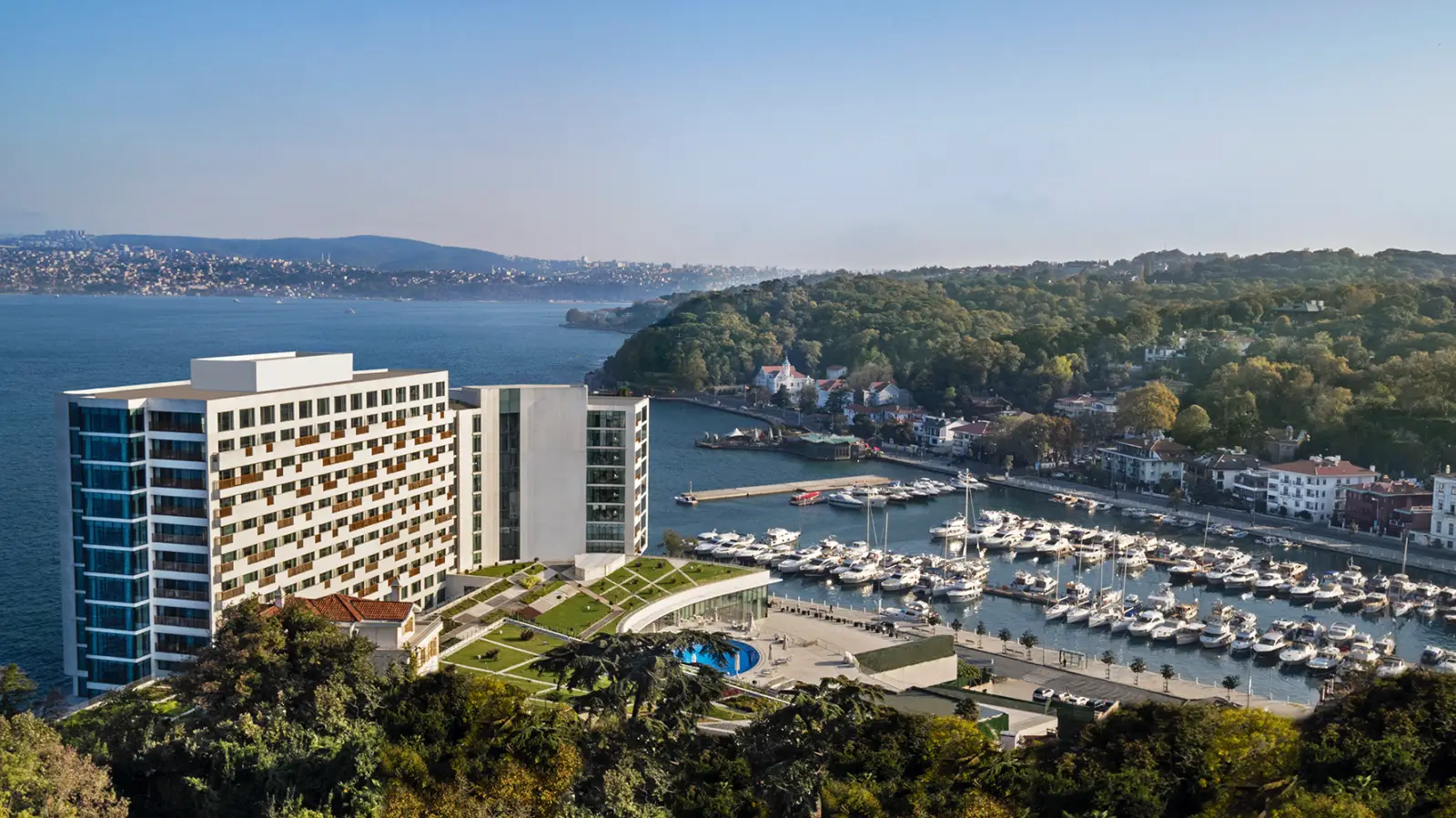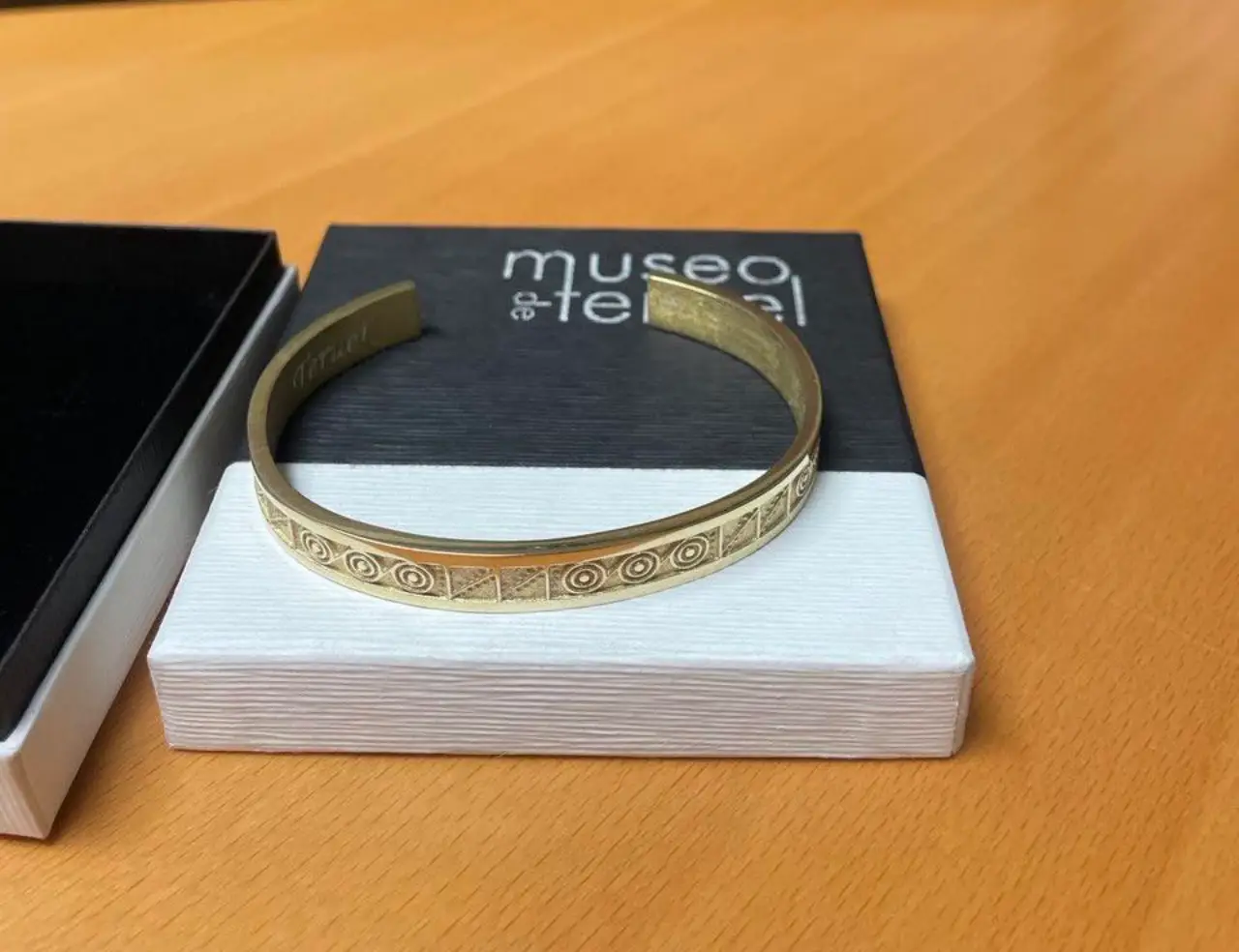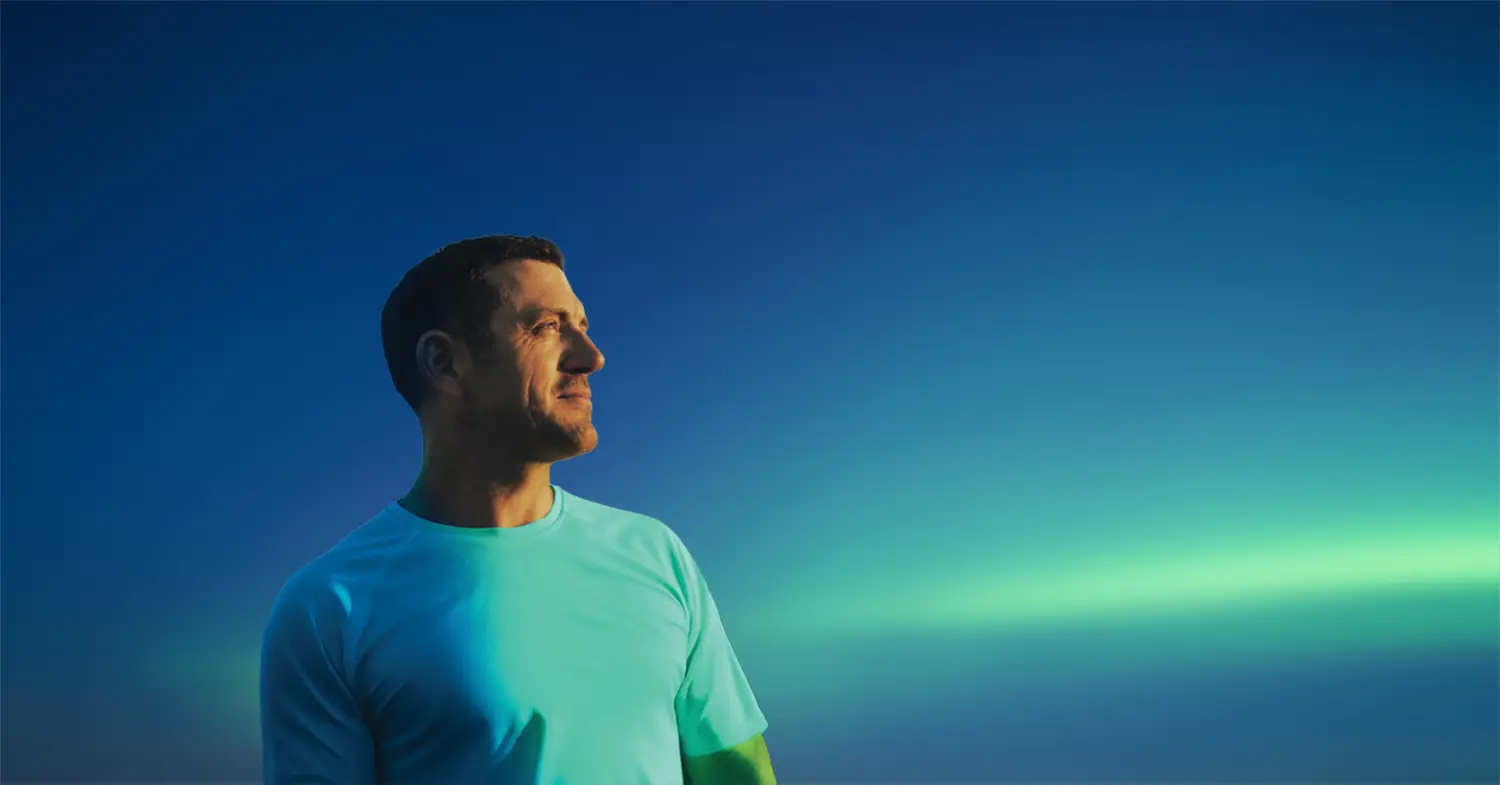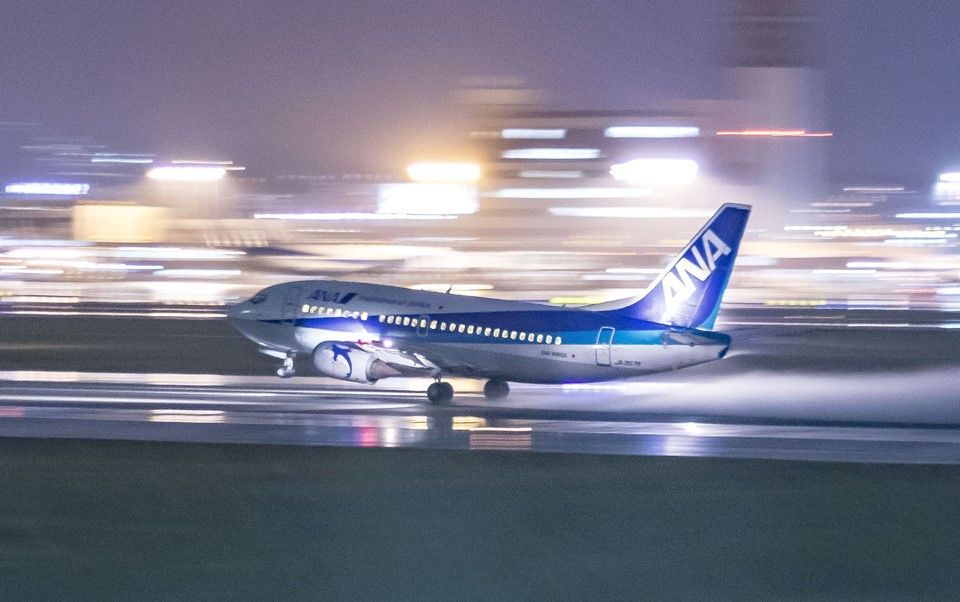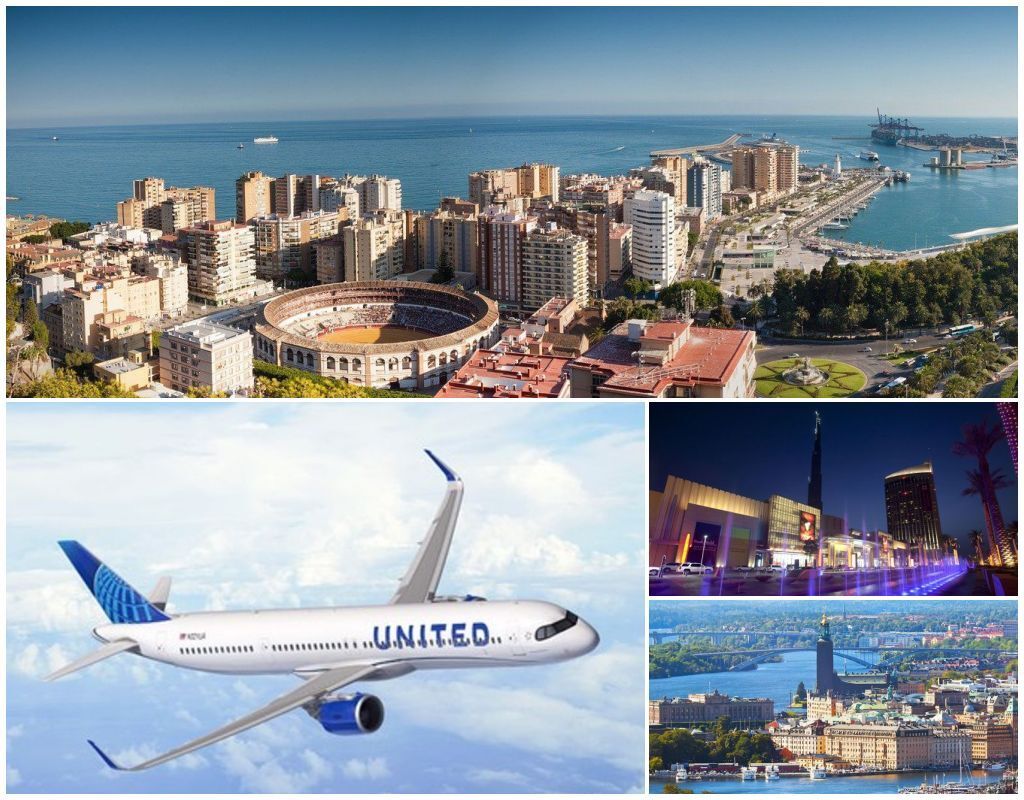Stockholm launches the world’s first electric flying ferry with Candela P-12, marking a major leap in sustainable public transportation. This revolutionary hydrofoil vessel, named Nova, is now back in service after a winter break, and new data confirms it’s a success story—for both commuters and the environment.
The Candela P-12 combines electric propulsion with hydrofoil technology, enabling the ferry to glide above the water’s surface. This reduces drag, allowing it to travel at higher speeds while consuming far less energy than conventional ferries. As it lifts off the water, passengers enjoy a smooth, quiet ride with stunning views of the Stockholm archipelago.
A New Standard in Green Public Transit
Nova has quickly proven its worth. Operating on route 89 in the Stockholm public transport system, it has significantly outperformed traditional diesel-powered vessels. According to Region Stockholm, Nova emits 95% less CO₂ than the other ferries on the same route and uses 84% less energy per passenger-kilometer. These are not just marginal gains—they represent a transformative shift in how cities can move people across water.
The popularity of Nova is just as impressive as its efficiency. During the fall season, the ferry maintained an average occupancy rate of over 80%, with most departures fully booked. With onboard training staff taking up additional space, real passenger numbers are likely even higher. The key attraction? Speed. Nova cuts travel time between Tappström in Ekerö and Stockholm City Hall to just 30 minutes—half the time it takes by car or bus.
Ridership on the route has increased by 30%, showing that Nova isn’t just a novelty—it’s changing commuter behavior. Region Stockholm plans to increase Nova’s operations from five days a week to daily service by May. The ferry is scheduled to resume rides on April 15 as the ice season ends.
The Fastest Electric Ship on the Water
The Candela P-12 is not just green—it’s also fast. With a cruising speed of 25 knots, it is the world’s fastest electric ship and even outpaces Stockholm’s fastest diesel-powered ferries. Thanks to its hydrofoil design, it generates minimal wake, allowing it to operate in sensitive urban areas without causing shoreline erosion or disrupting ecosystems.
This third-generation foiling technology comes from Candela’s years of innovation in electric marine vessels. The company has produced over 100 electric leisure boats, and lessons from those models have been scaled up to meet the demands of public transportation. The Nova’s success proves the technology is ready for global adoption.
Gustav Hasselskog, CEO and founder of Candela, credits the growing interest in hydrofoil technology to its ability to offer fast, comfortable, and zero-emission transport. “Nova is drawing commuters to the other vessels as well,” he noted, underscoring the broader impact of making waterborne transit more appealing. He emphasized the potential of waterways to relieve pressure on city road networks and provide faster, more sustainable connections between communities.
Candela’s electric ferries already have international attention, with customers in Saudi Arabia, New Zealand, and the United States. Nova’s performance in Stockholm is expected to accelerate further interest in adopting the P-12 for urban transit across the globe.
With a growing focus on climate action, cities everywhere are searching for ways to cut emissions while maintaining efficiency. Nova’s combination of speed, sustainability, and innovation sets a bold example of what the future of urban commuting could look like.

